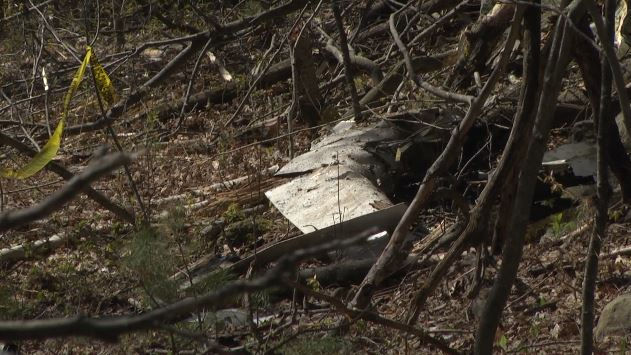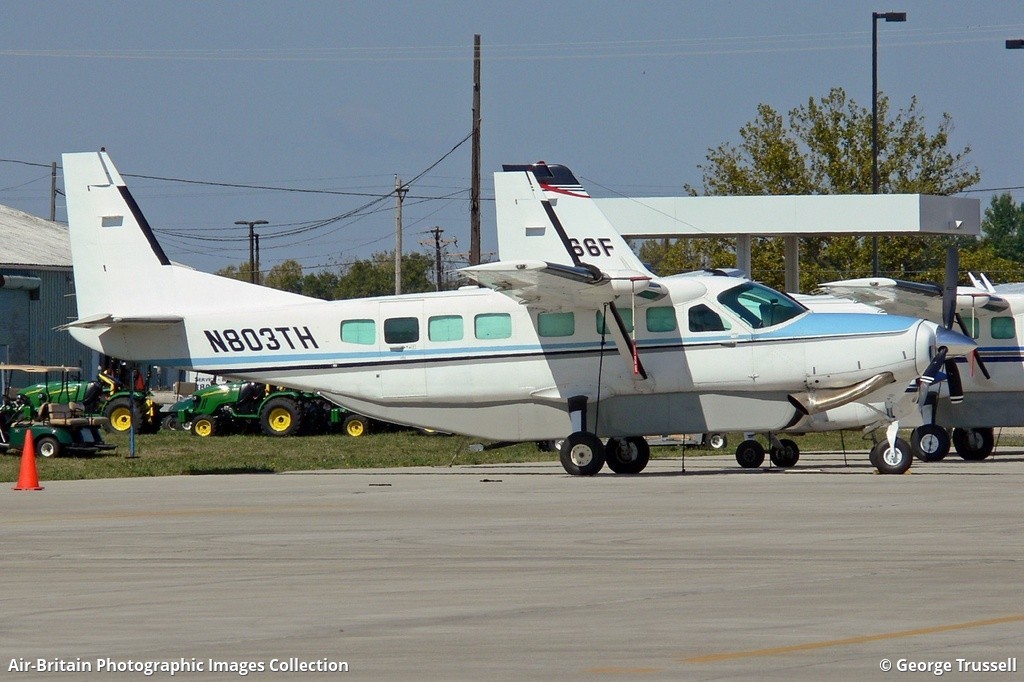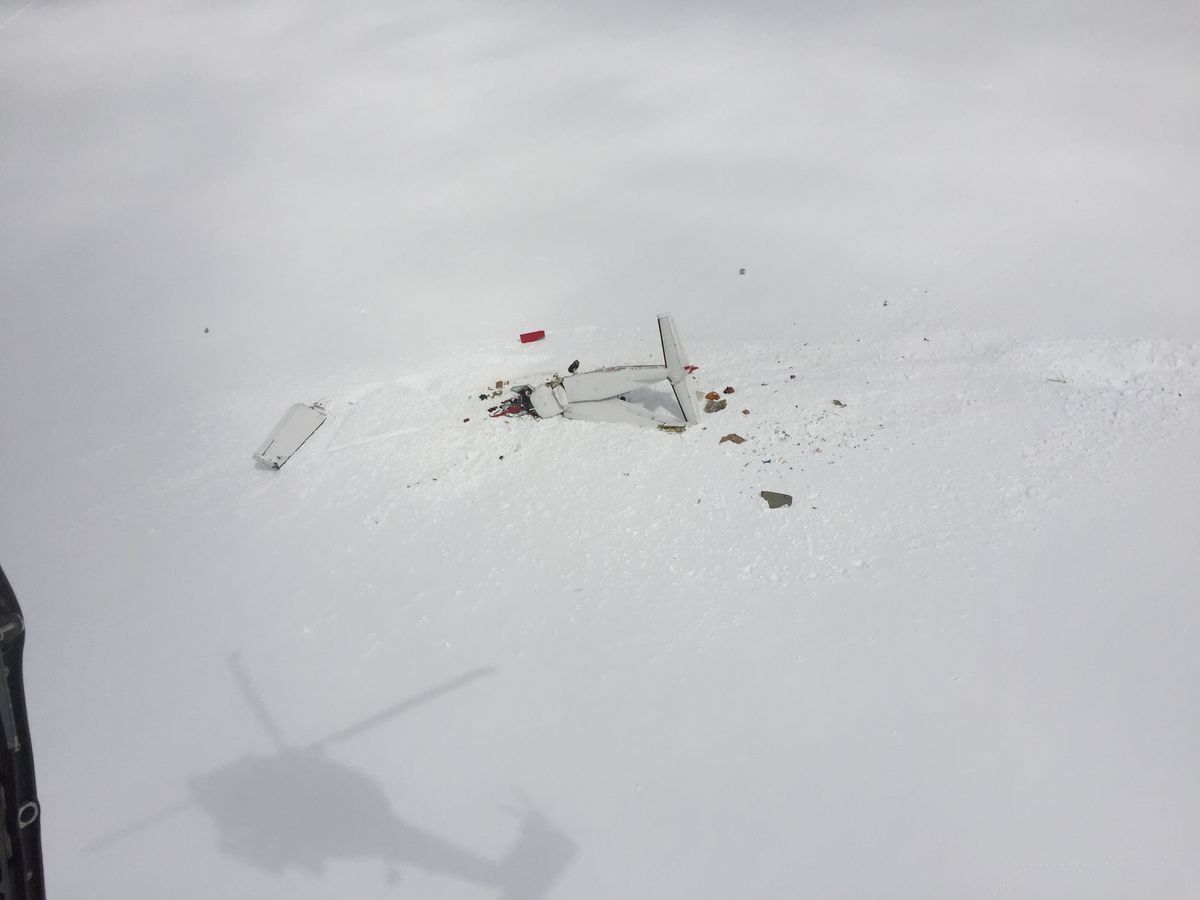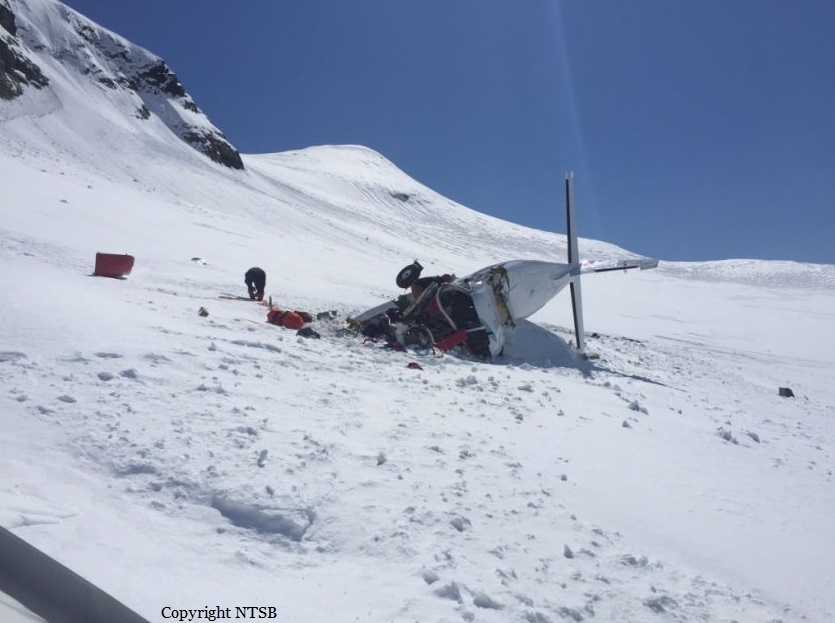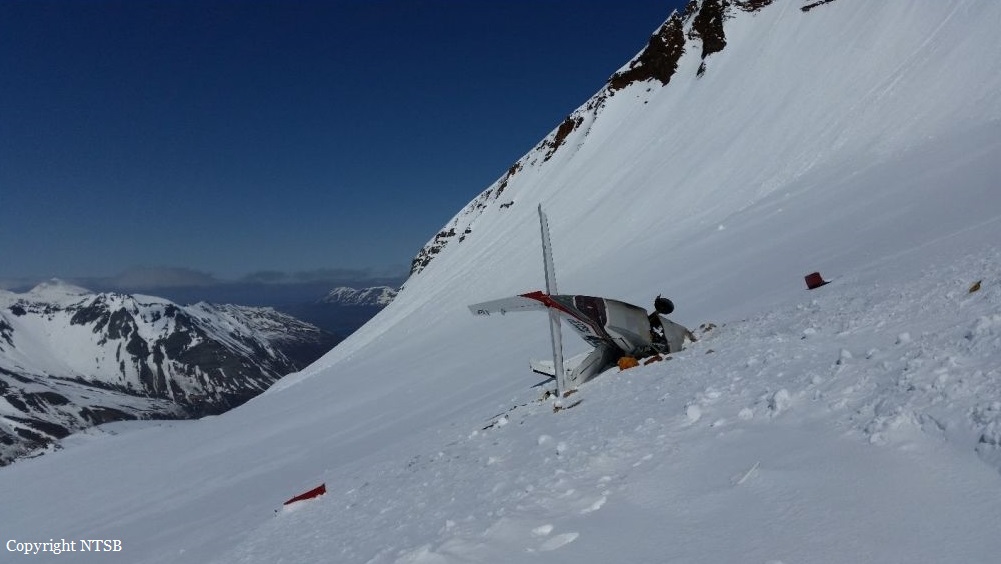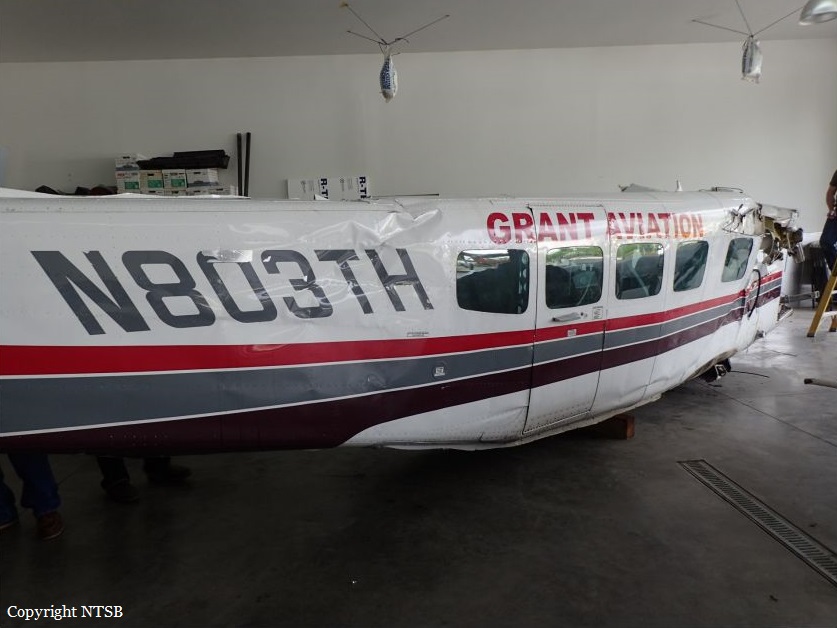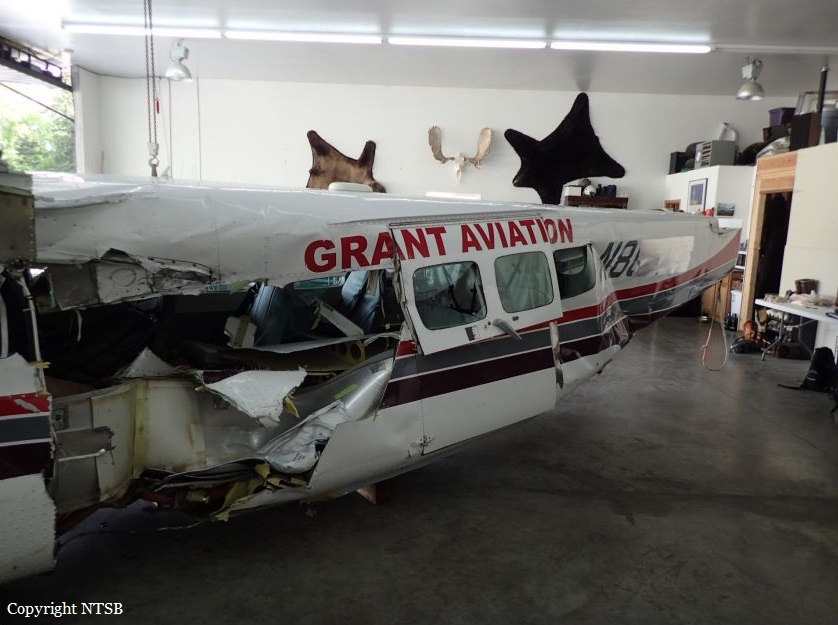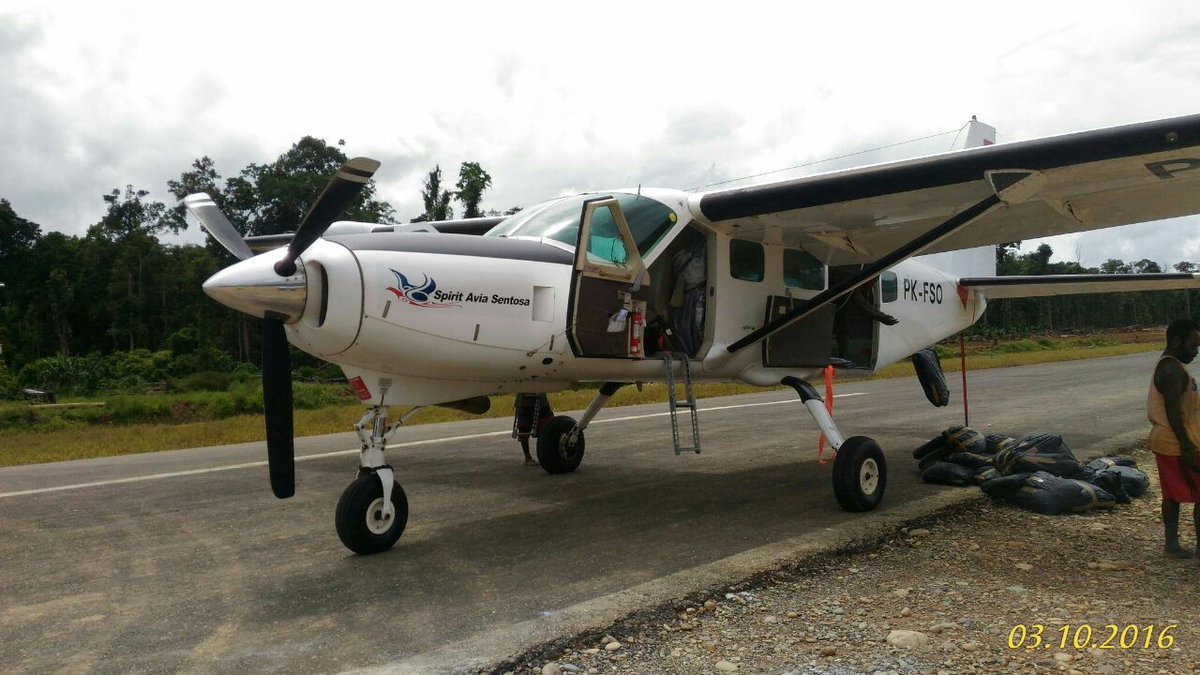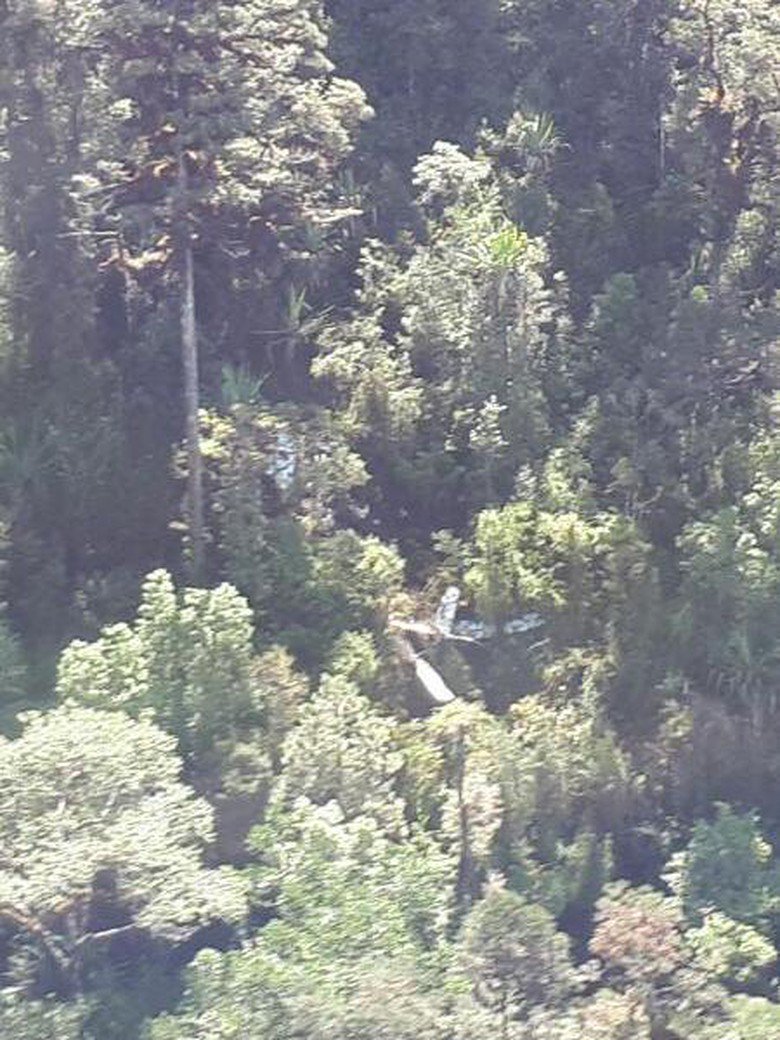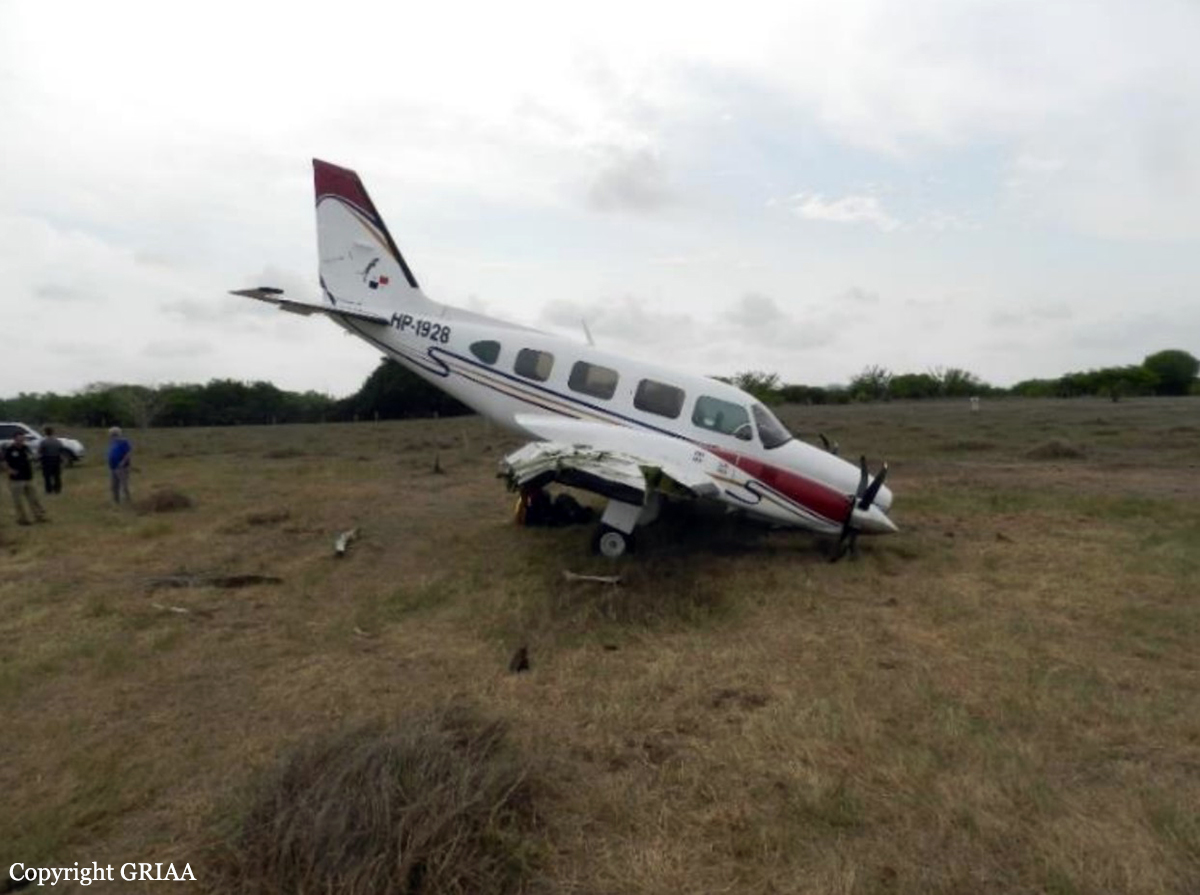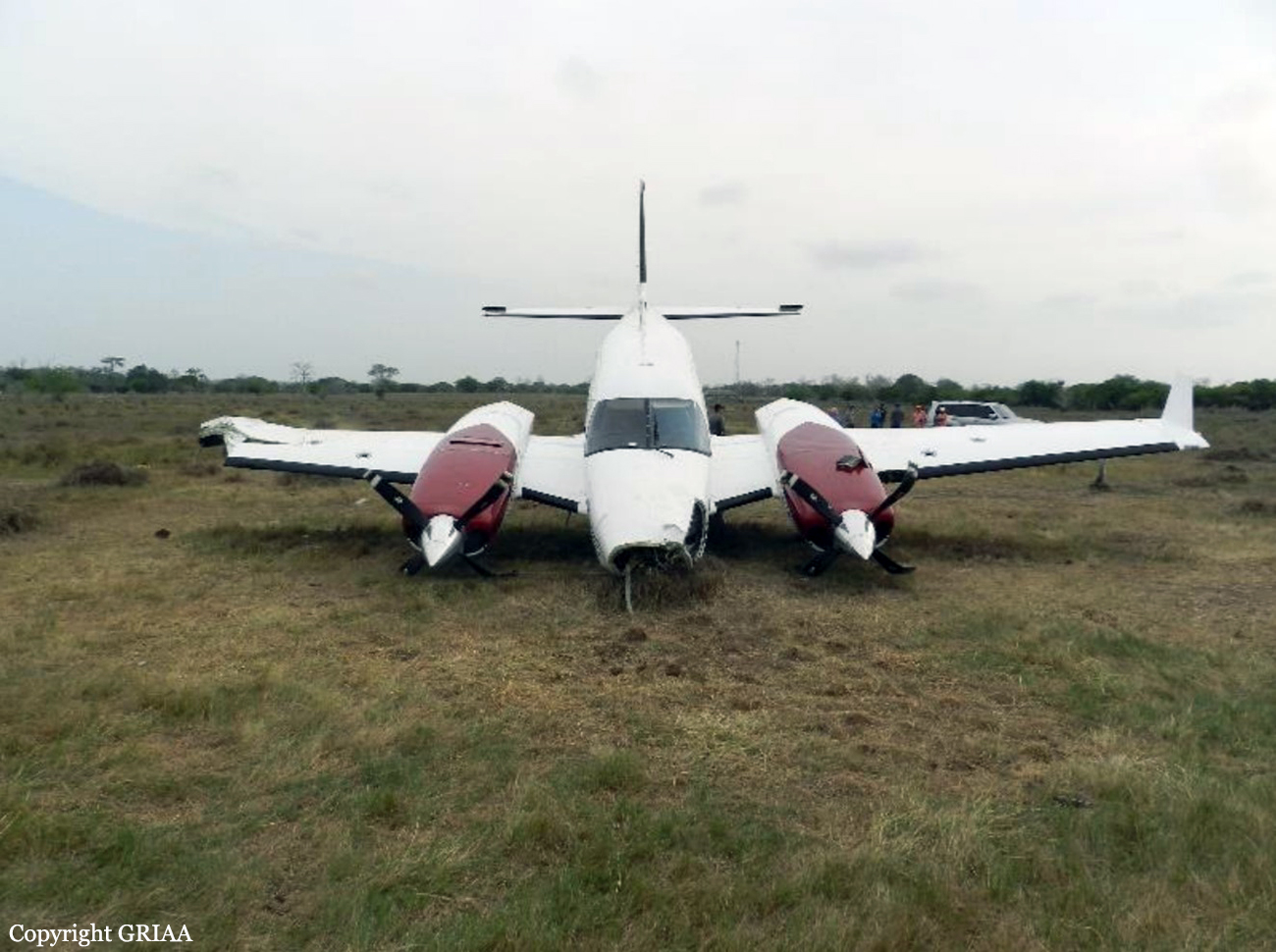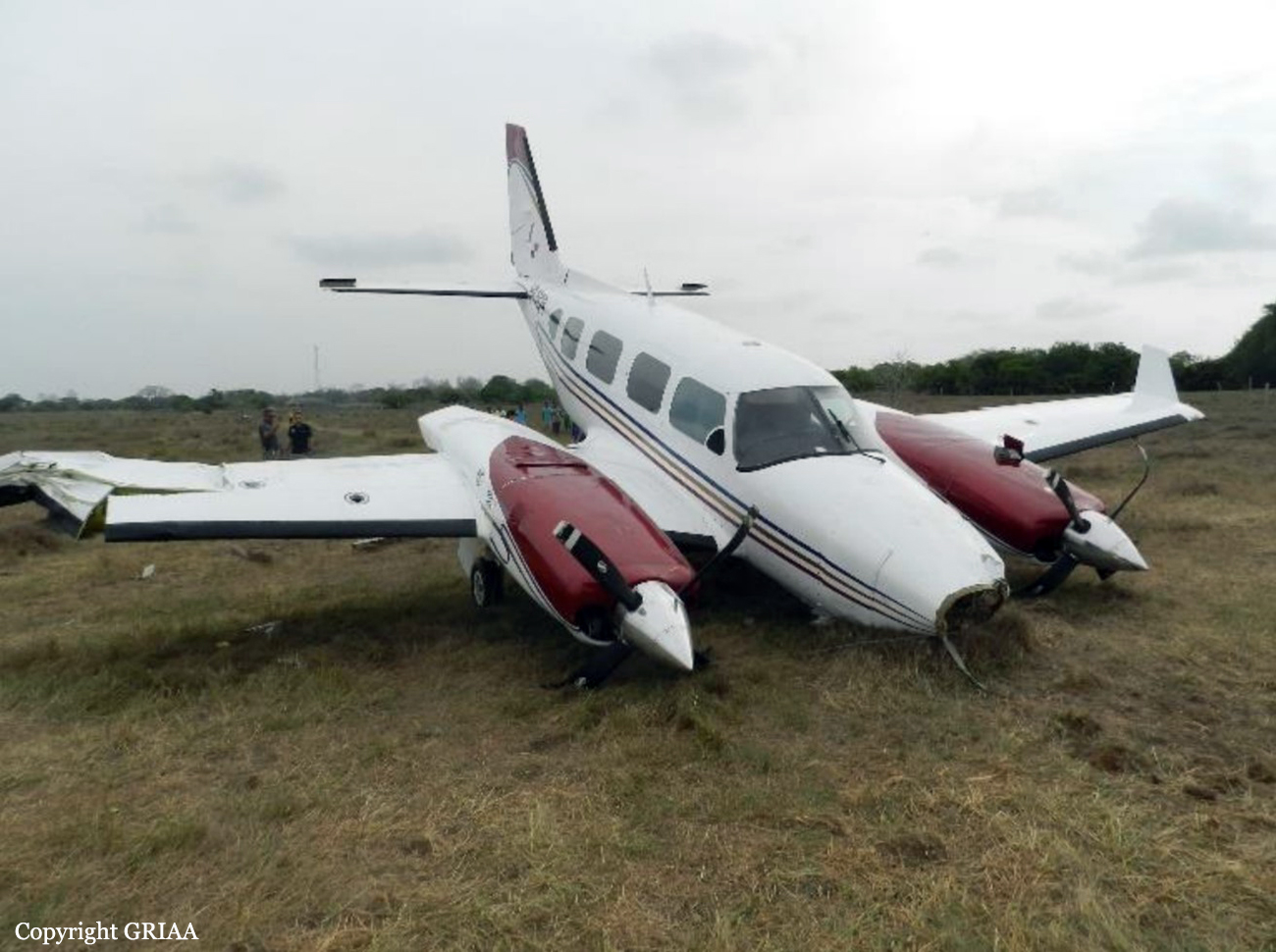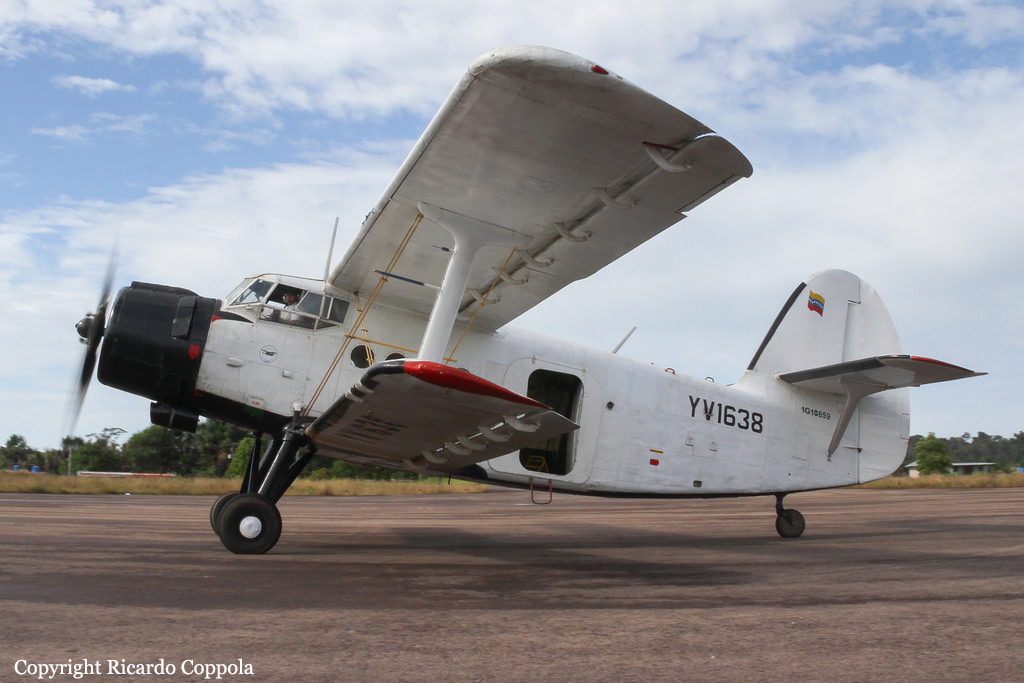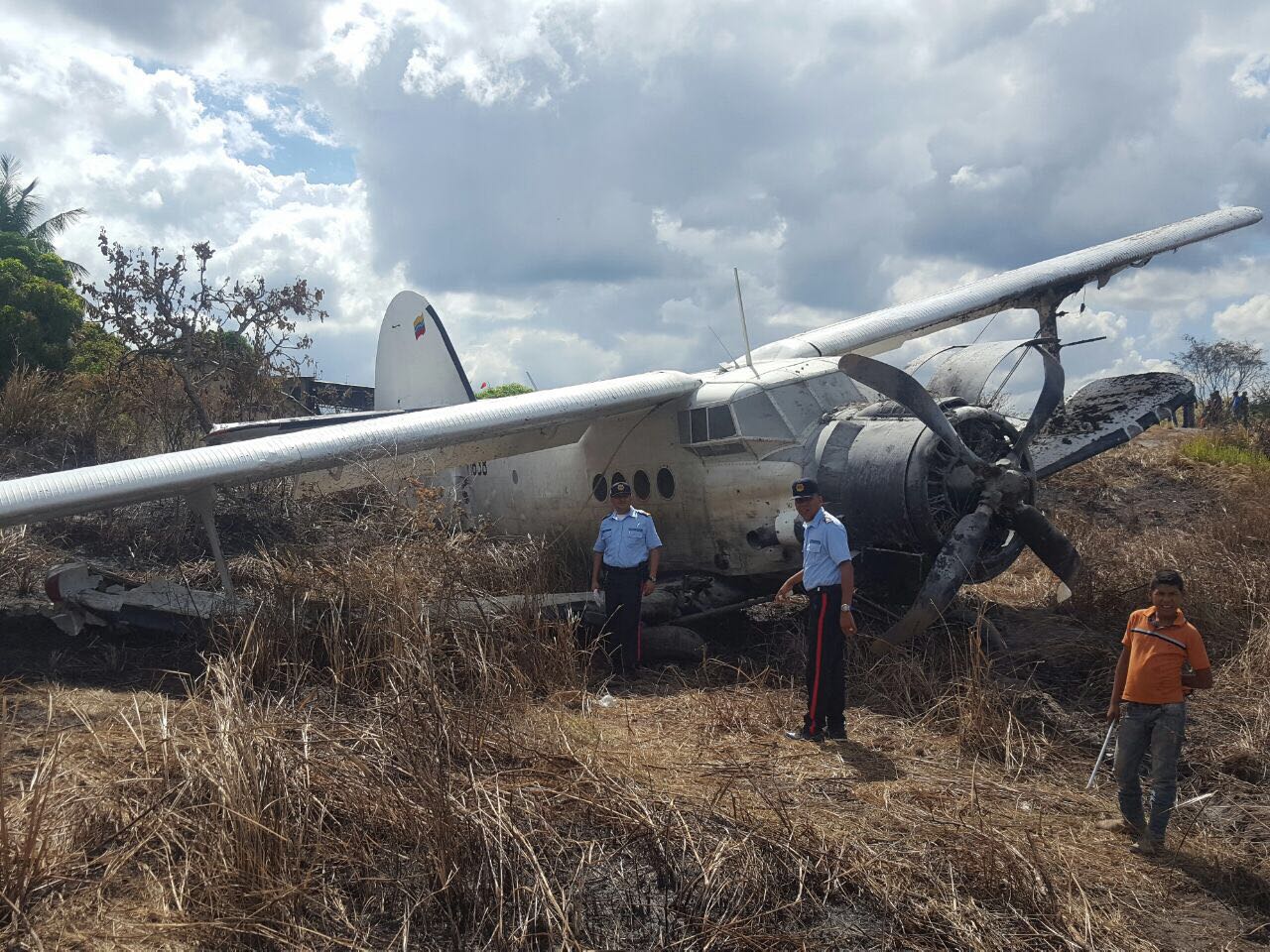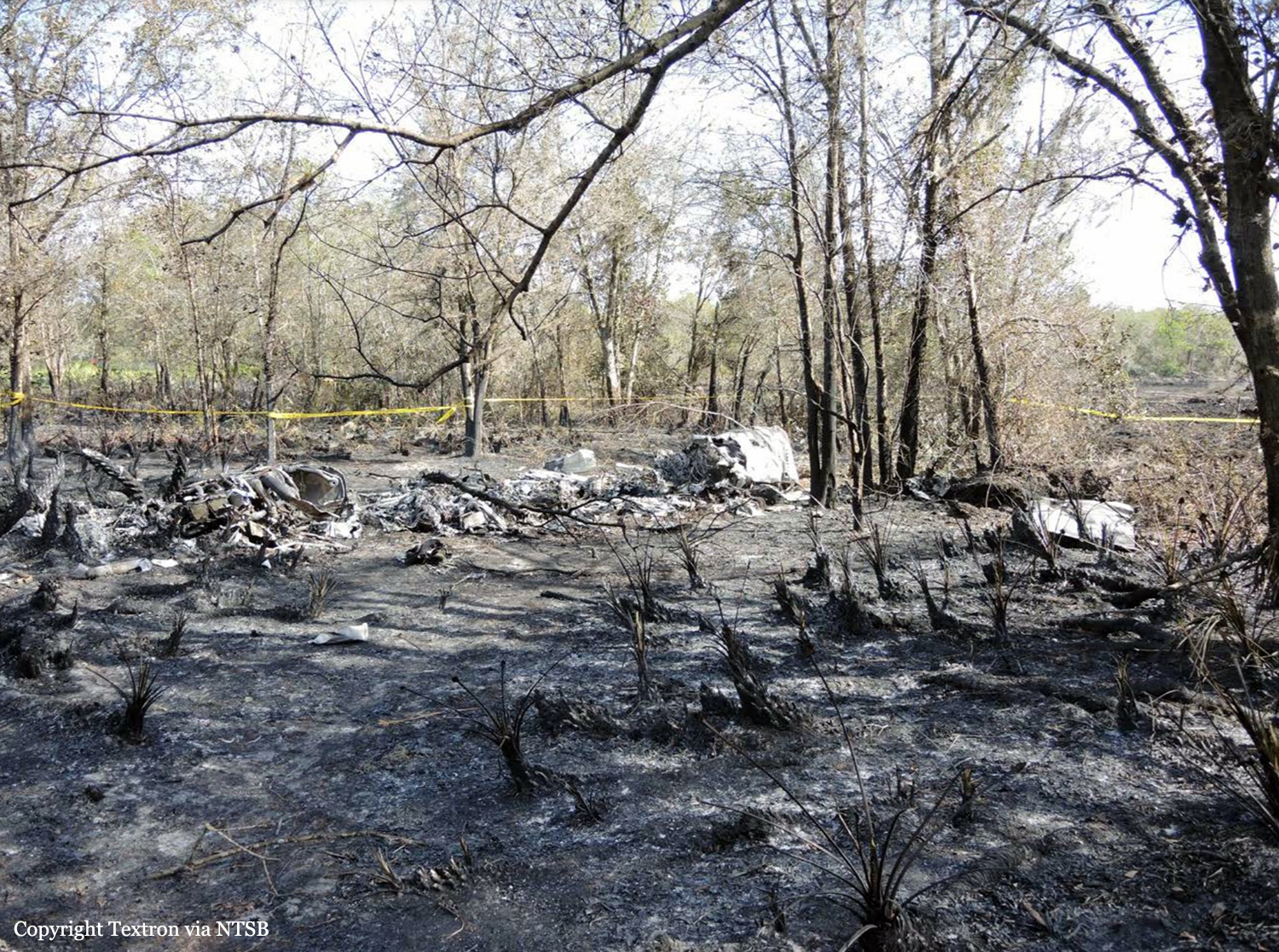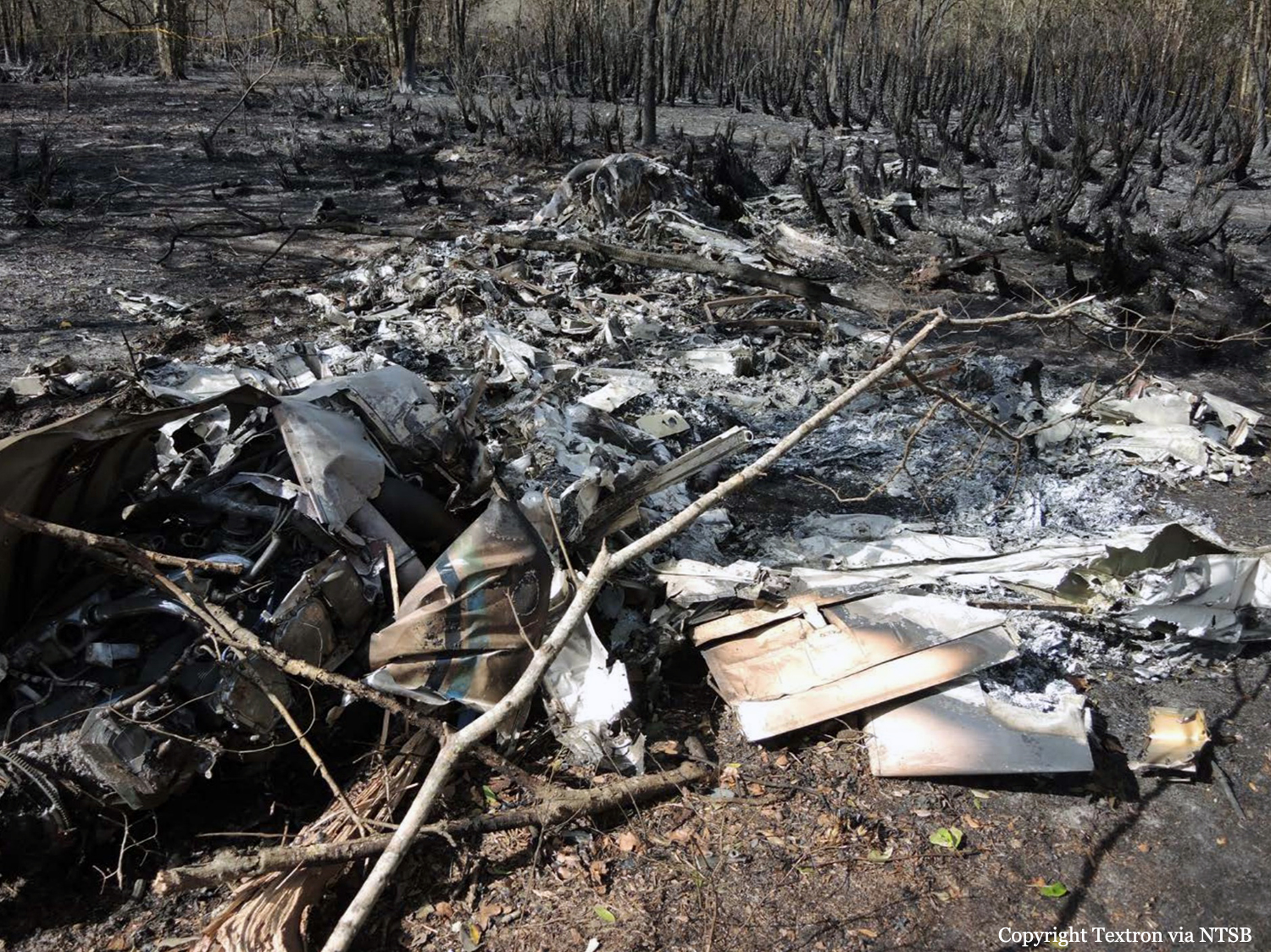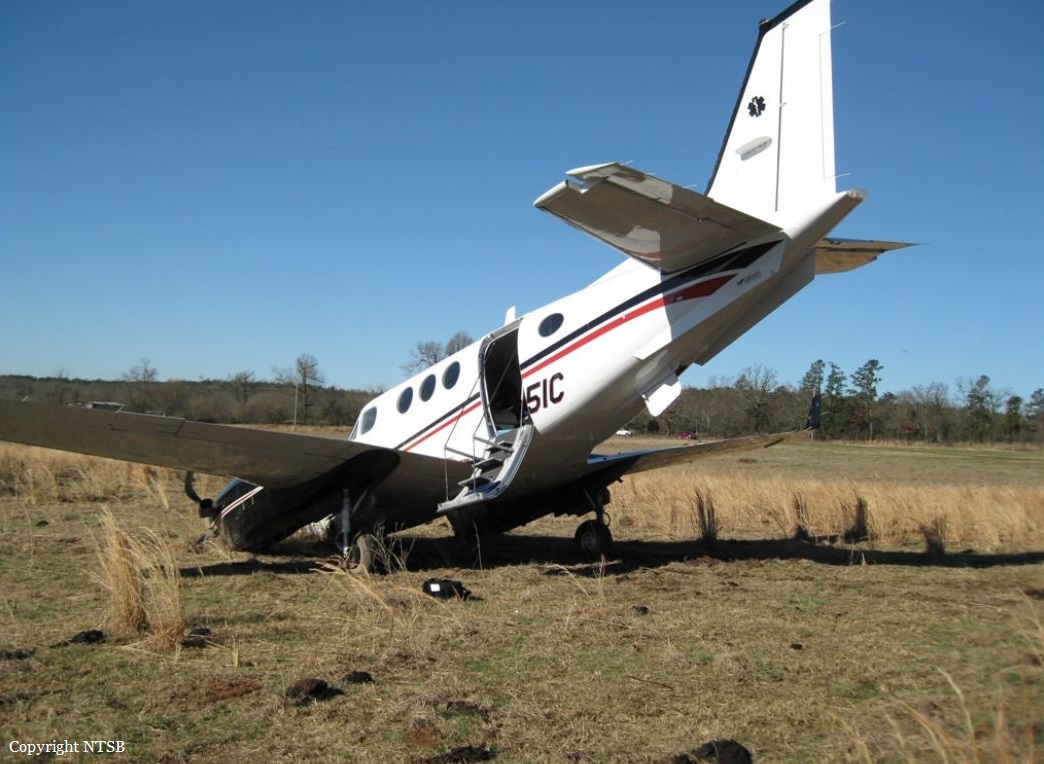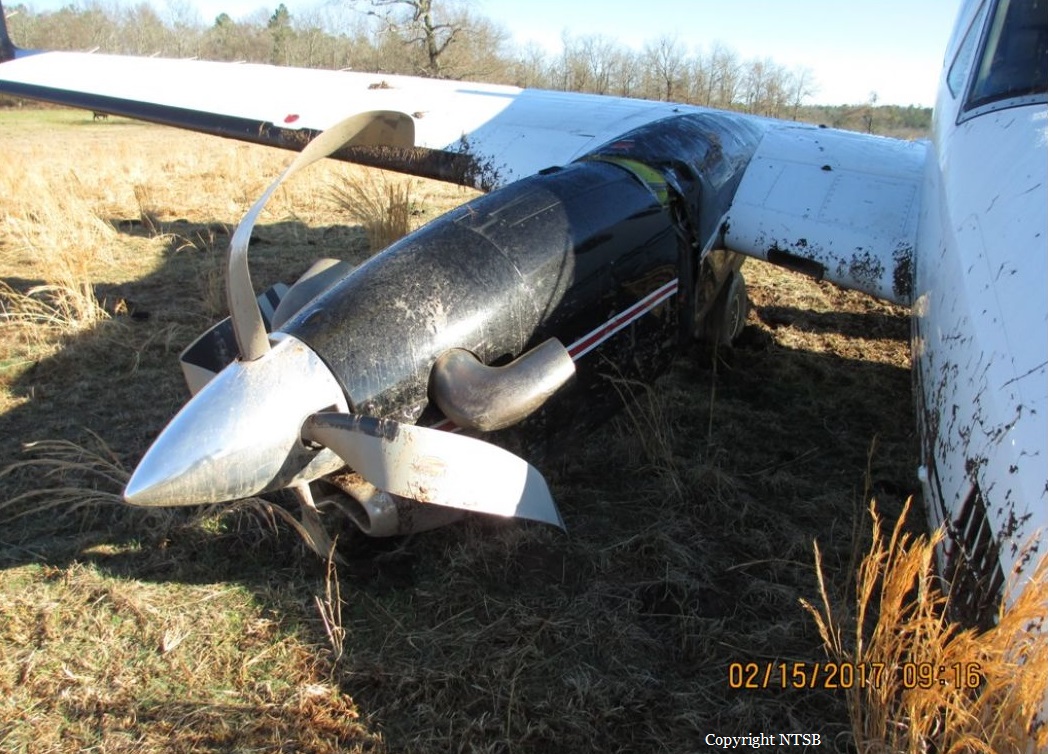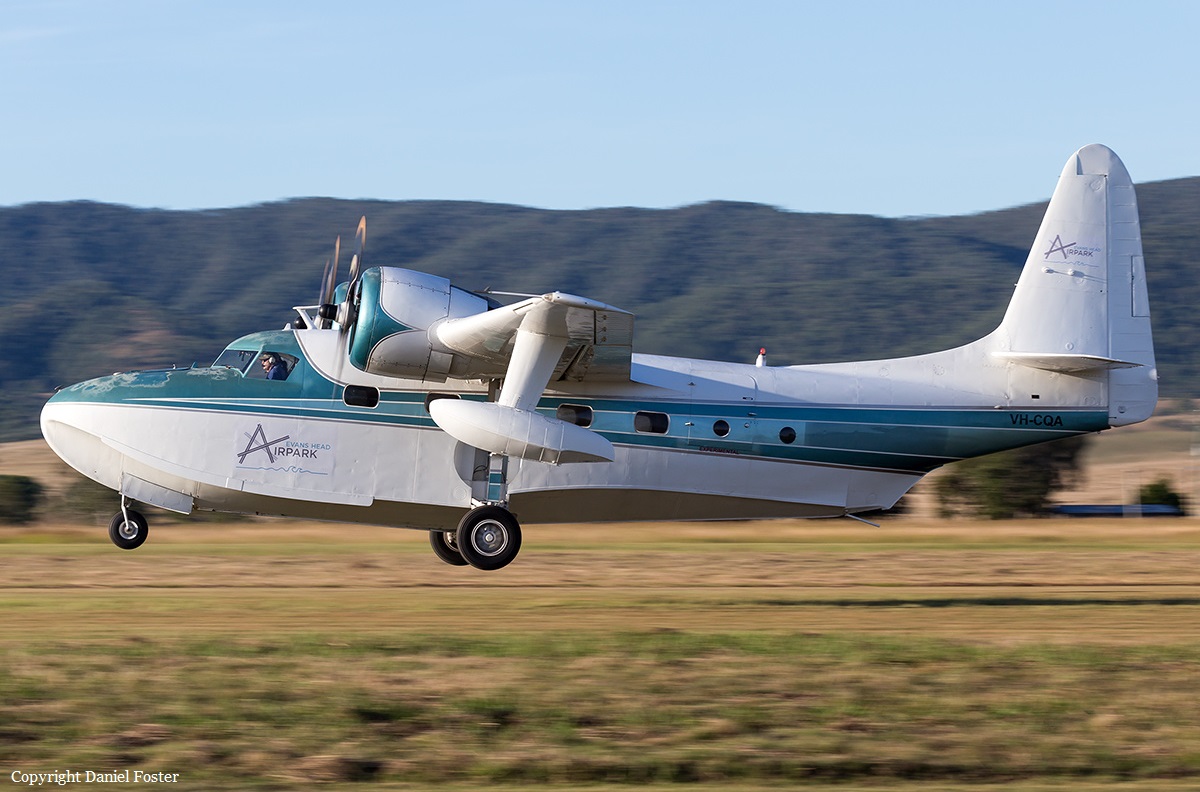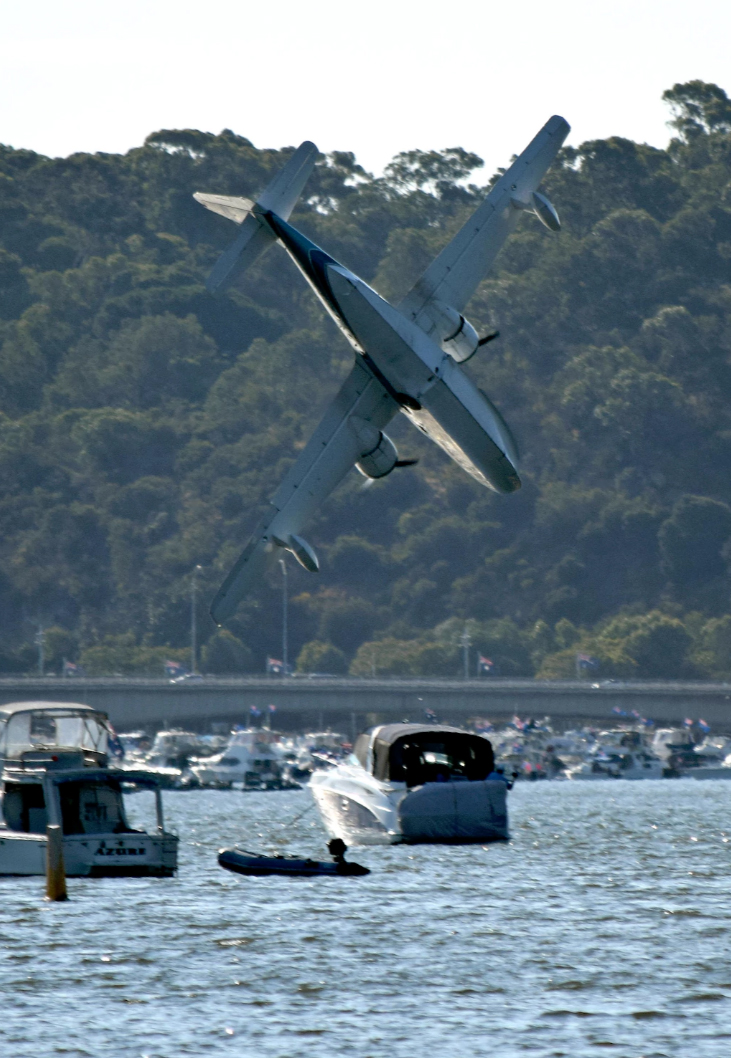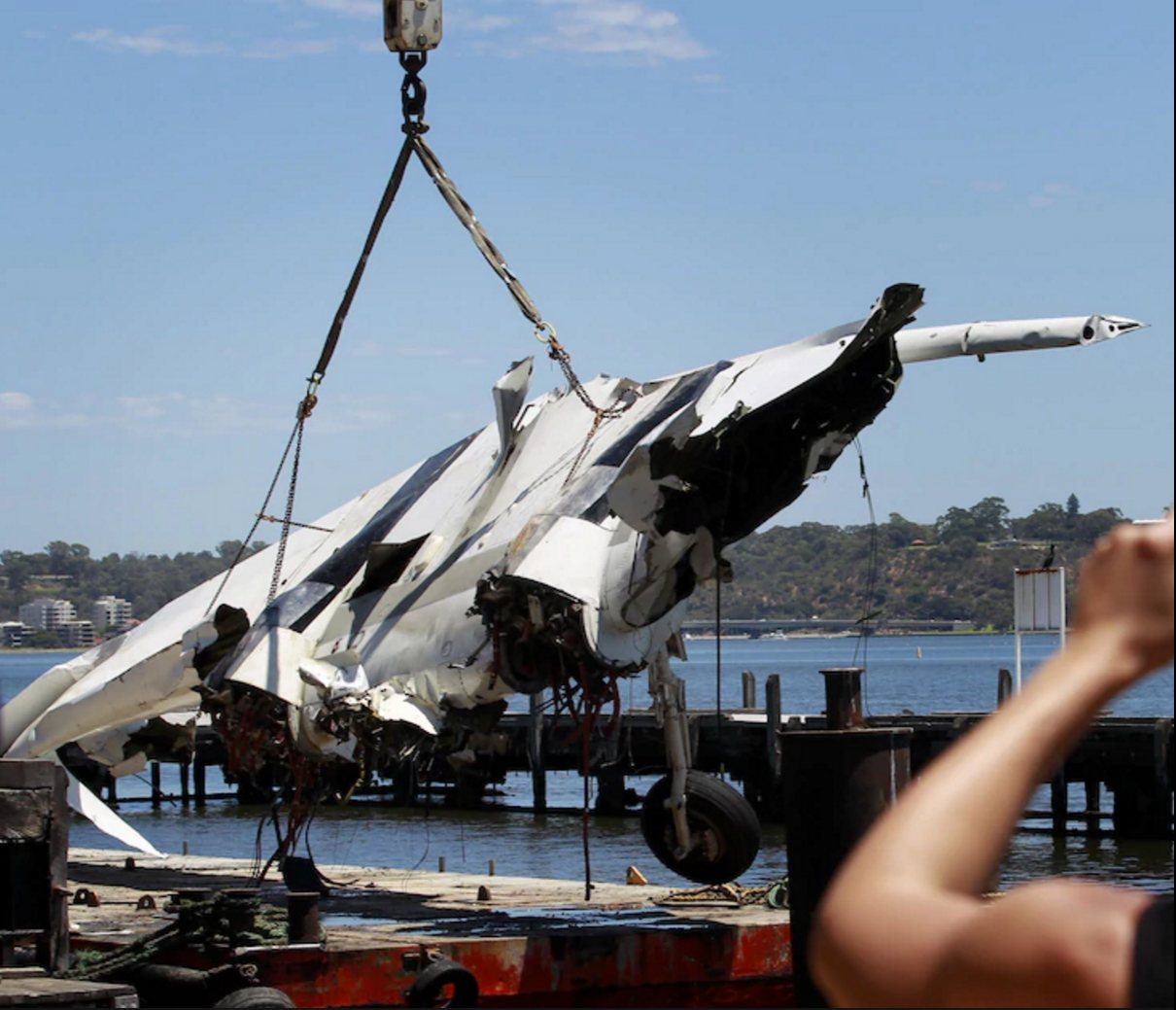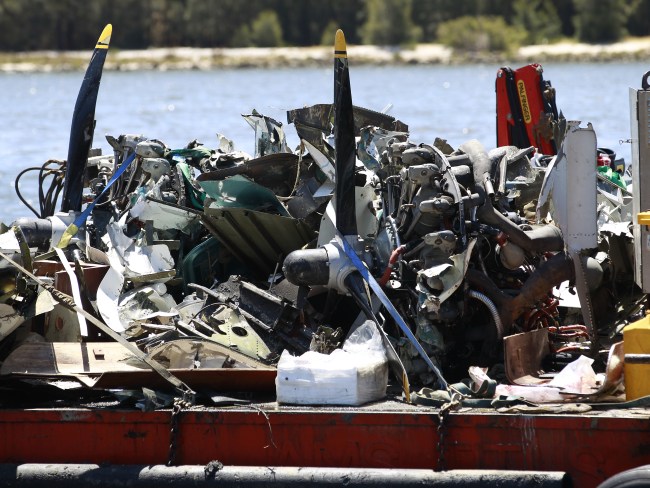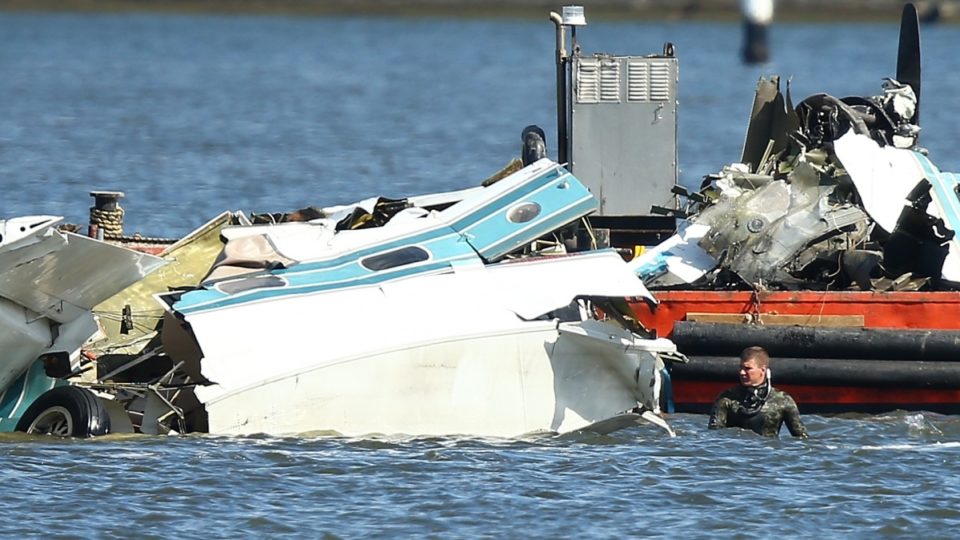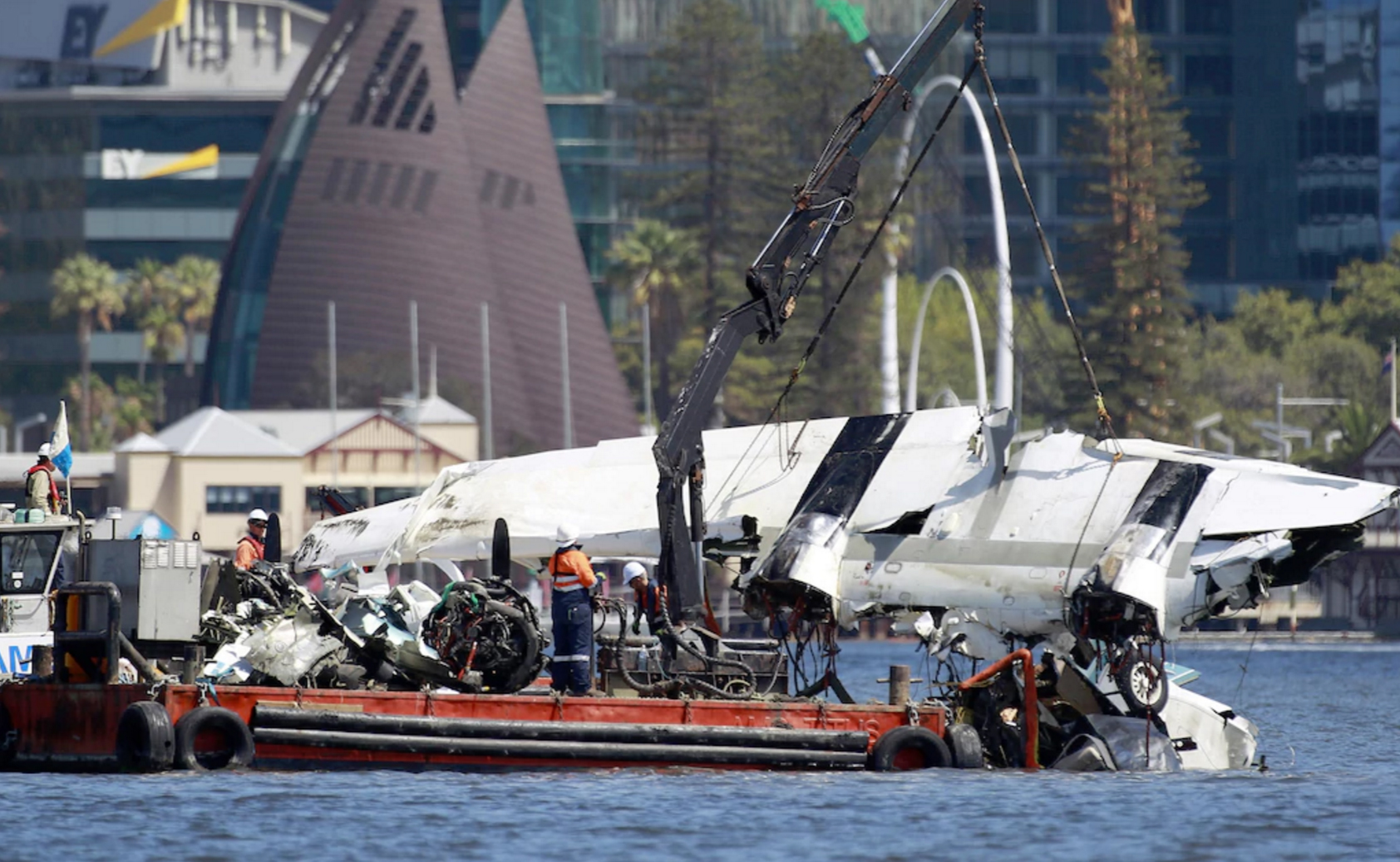Crash of a Beechcraft LR-2 Hayabusa near Assabu: 4 killed
Date & Time:
May 15, 2017 at 1147 LT
Registration:
23057
Survivors:
No
Schedule:
Sapporo – Hakodate
MSN:
FL-677
YOM:
2009
Crew on board:
2
Crew fatalities:
Pax on board:
2
Pax fatalities:
Other fatalities:
Total fatalities:
4
Circumstances:
The Beechcraft LR-2 Hayabusa (a version of the Beechcraft 350 Super King Air) departed Sapporo-Okadama Airport at 1123LT on a flight to Hakodate to evacuate a patient. On board were two doctors and two pilots. While descending to Hakodate at an altitude of 3,000 feet, the crew encountered poor weather conditions with low clouds and rain showers when the airplane registered 23057 (JG-3057) impacted the slope of a mountain located near Assabu, about 40 km northwest of Hakodate Airport. The aircraft disintegrated on impact and all four occupants were killed.









